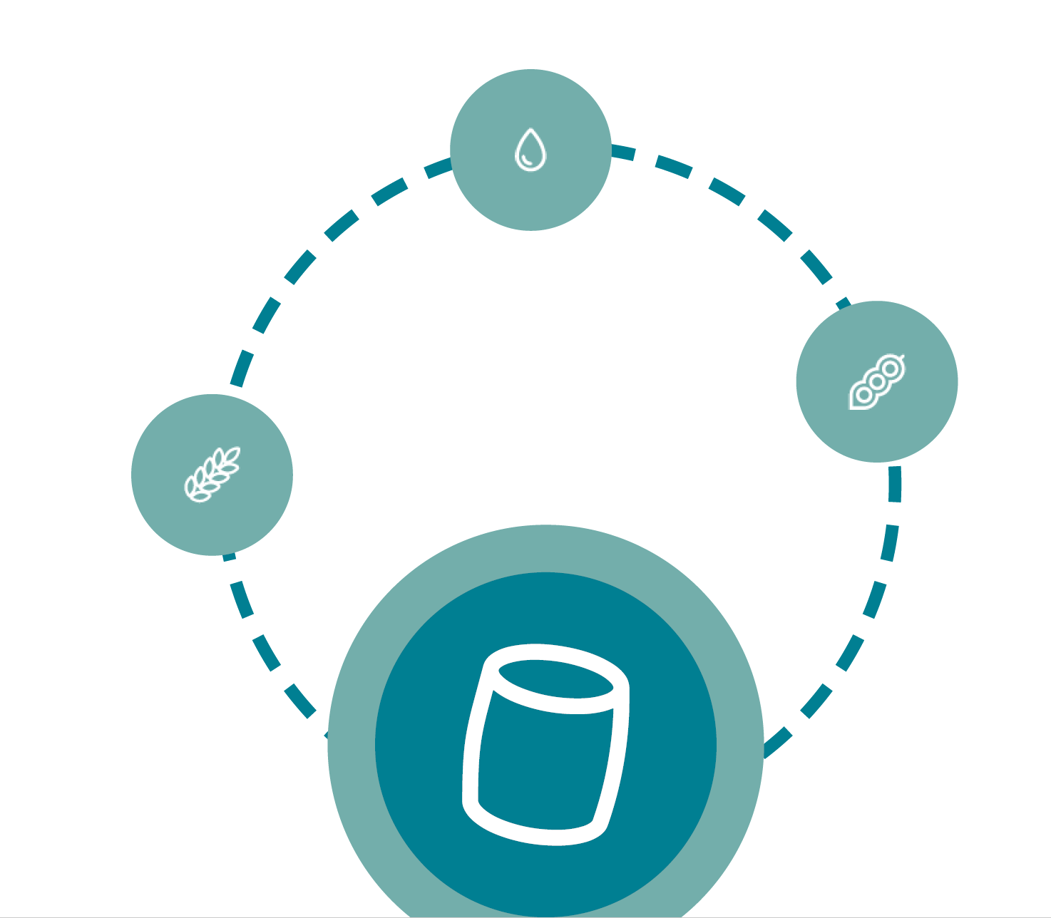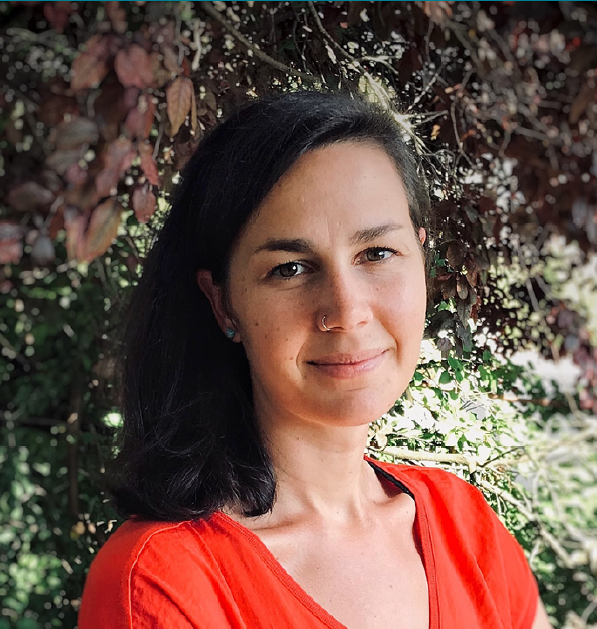
Traceability
Aquaculture feeds contain many different ingredients. Some are sourced locally, and others travel thousands of kilometres to reach our factories, changing hands multiple times during this journey. Even though it is important that we can source the best ingredients from all over the world, this does come with challenges that we, as an industry, must face over the coming years.
The inherently long and complicated commodity supply chains do not always allow accurate traceability to the region of primary production (RoPP), which is the region where an ingredient is harvested. This complicates sustainability risk assessments as sustainability risks often originate from far back in the supply chain and are mostly related to the RoPP. For example, many LCA parameters can differ significantly between regions and social sustainability issues are more prevalent in one region compared to another. It is therefore extremely important to increase traceability on the origins of our ingredients. The new ASC Feed Standard brings the opportunity to step up on this challenge by asking us, for instance, to trace all vegetable ingredients back to the RoPP by 2025. It is not an easy task, but we are fully committed to work with our suppliers and the rest of the industry to reach this target.

